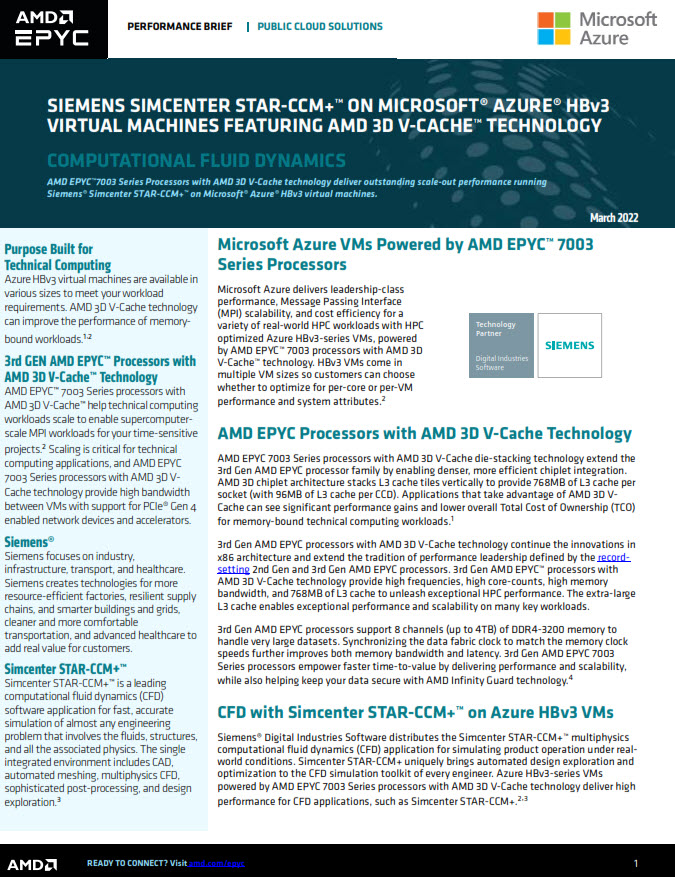 The computational power of today’s high-end supercomputers has led to transformative advances in atmospheric forecasting. Using the TACC Ranger system, Scripps’ Masao Kanamitsu uses a process called downscaling to improve regional predictions. The technique takes output from the global climate model and adds information at smaller scales to improve the forecasts.
The computational power of today’s high-end supercomputers has led to transformative advances in atmospheric forecasting. Using the TACC Ranger system, Scripps’ Masao Kanamitsu uses a process called downscaling to improve regional predictions. The technique takes output from the global climate model and adds information at smaller scales to improve the forecasts.
We’re finding that downscaling works very well, which is amazing because it doesn’t use any small-scale observation data,” Kanamitsu said. “You just feed the large-scale information from the boundaries and you get small-scale features that match very closely with observations.” Coupling these models requires very powerful and tightly connected computing systems like Ranger at TACC, which is one of the most efficient machines for producing long historical downscaling in a short period of time. Kanamitsu’s simulations improve upon those currently in use by the National Weather Service, leading to 10 papers on the subject in 2010.
Researchers have already begun applying the downscaling to fish population studies, river flow changes, and wind energy applications. Read the Full Story.



